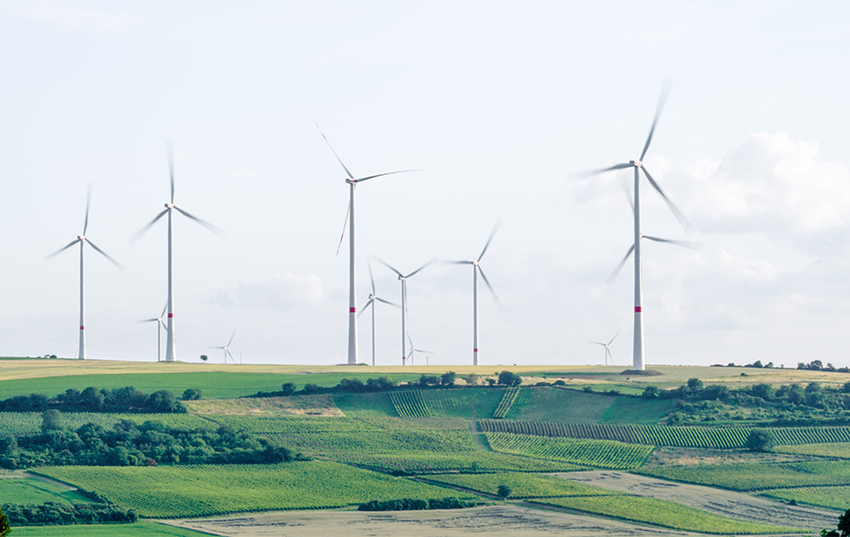
Canada is seeing a boom in its datacenter market, driven by rising demand from cloud providers due to shifting digital behaviors from corporations and consumers alike. There are ample incentives for datacenter providers to expand in Canada, with three of its biggest datacenter markets – Toronto, Montreal and Vancouver – ranking among its top renewable energy producers, according to 451 Research analyst Jonathan Schroth.
Power guzzler
Power is a major operational cost for datacenters, which need a large amount of energy to keep the servers cool. The industry accounted for 1% of electricity consumption worldwide, according to a study carried out by researchers from Northwestern University, UC Santa Barbara and Lawrence Berkeley National Laboratory.
Sustainability concern and climate pledges made by tech companies, which are some of the biggest customers of datacenters, have led the providers to source green energy while keeping operational costs low. Canada’s diverse energy portfolio presents an opportunity for meeting these needs.
Green provinces
Canada generated around 440 billion kilowatt-hours of hydropower in 2020, covering just over half of its maximum installed capacity.
One-third of the nation’s electricity production came from utility giant Hydro-Québec, which is nearly 99% green. The Québec-based, provincial government-owned firm generates 95% of its power from hydro, with wind making up the remaining 4%. Thanks to its abundance of freshwater lakes and glacial geology, Québec offers the cheapest electricity to large-scale customers at C$0.052 ($0.041) per kWh, and could go as low as C$0.03 for datacenter providers that have exceeded a certain MW threshold. In comparison, prices reach C$0.212 in nearby Boston.
British Columbia is also a hydroelectric powerhouse, sourcing 91% of its power from water through BC Hydro, 5% from biomass and 4% from wind. The electricity tariff in Vancouver is slightly higher at C$0.082 per kWh.
Both BC Hydro and Hydro-Québec are committed to renewable energy in their portfolio. Ontario deviated from the path after it scrapped its Green Energy Act in early 2019. Nuclear energy is the main power supplier in Ontario, with about 60% of power in the province generated from nuclear facilities, while wind and hydro make up most of the remainder. Electricity tariff costs the most in Ontario, although its industrial power prices are still cheaper than many major US cities including Boston, New York, San Francisco and Seattle.
Alberta is the outlier with 91% of its energy generated from fossil fuels. Few datacenters, however, operate in Alberta. Montreal in Québec and Toronto in Ontario are the two leading datacenter markets in Canada.
Price variability
Low power prices are just part of the equation – what about strong price fluctuations? Québec scores on both points, with 0.01 standard deviation over the past five years. Ontario has experienced moderate price variability at nearly 1.4 standard deviations since 2016, while Alberta sees the most fluctuation at over 2.5 standard deviations for large-scale customers.
Take-away
Companies looking for datacenter solutions in North America will find comparatively cheap, green options in Canada – just keep an eye on price fluctuations, and verify fuel sources before making your choice.
Want insights on datacenter trends delivered to your inbox? Join the 451 Alliance.

